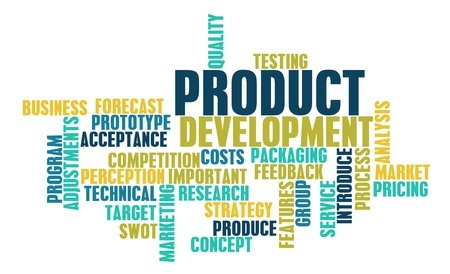How to Get a Product to Market
There are 2 main routes to bring a product to market once your idea is protected and developed. These two routes are:

Licensing
– whereby a company takes on all manufacture, distribution and advertising and you receive a percentage of the profits. See Licensing an Idea...
Business Start Up
– whereby you take on all manufacture and distribution, whether outsourcing or through your own channels. See Business Start Ups...
When deciding on how to a get a product to market, the decision as to which path to choose may ultimately rest on funding, time and capability. However, you do not have to definitively choose between these avenues in order to progress your project. It is possible to change path at any point and sometimes even combine these options. A famous example of this is James Dyson who licensed his dual cyclone vacuum cleaner technology to manufacturers in Japan and used the royalties he received from this to set up his own manufacturing and marketing company within the UK.
There are other options available for introducing your product to industry such as selling your intellectual property protection, but there are few instances in which this is beneficial. Often a person or company can lose out money by selling up at this stage, as the value of your intellectual property is minimal when not marketed compared to its potential turnover, if successful at market. Therefore, the potential royalties that could be accrued over a period of time may far outweigh any lump sum offered to you at such an early stage.
It is important to remember there is no set route for how to get a new product on the market. Each new inventor will find their own path and although hearing other peoples' experiences can be beneficial, you will ultimately have to find the right route to suit you and your product.
